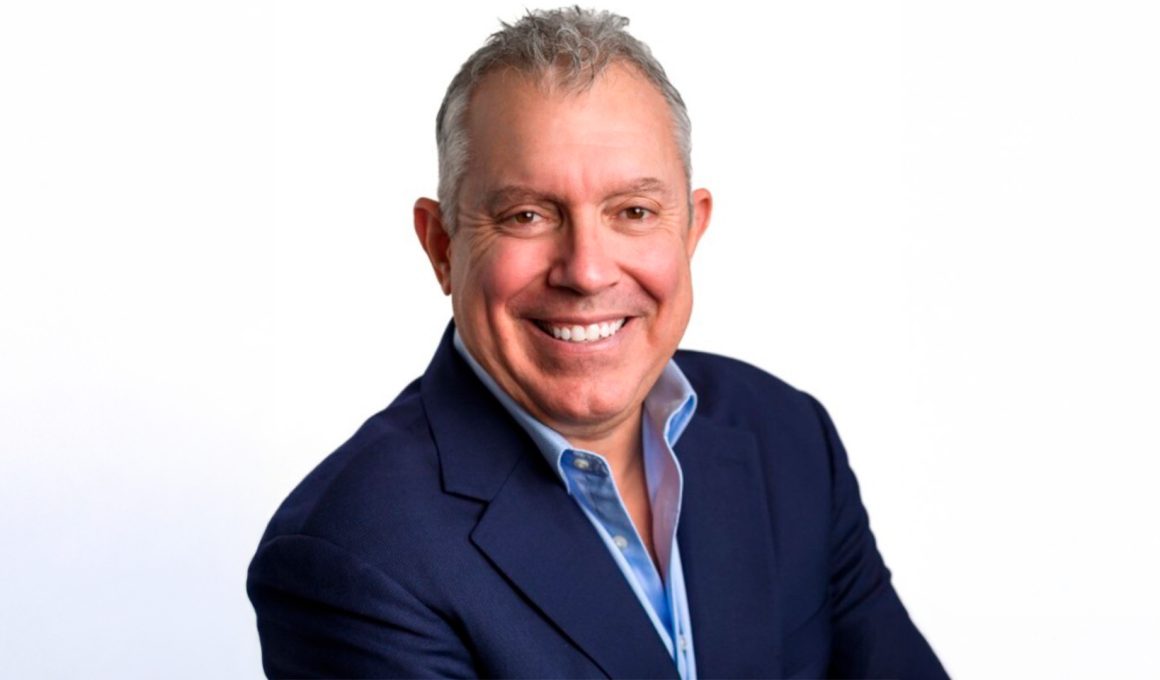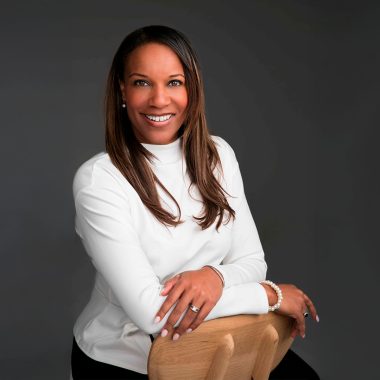Small business owners often discover that success isn’t just about generating revenue, it’s about having access to capital when opportunities arise or challenges hit. Cash flow problems destroy 82% of small businesses, even profitable ones. Based in Kennesaw, Michael Sean McCall learned this lesson the hard way through his own restaurant venture, and now helps business owners position themselves for sustainable funding success through strategic business credit building and alternative financing solutions.
From ESPN to East Cobb Pub Owner
Sean’s path to understanding small business funding challenges started in corporate media at ESPN and Fox Sports before taking an unexpected turn. “When you’re in corporate America, you don’t know anything about what small business owners deal with,” he admits. After a family tragedy changed his priorities, Sean moved into personal financial planning, though he never felt quite at home in that role.
Everything changed in 2016 when a friend offered to sell him one of four restaurants in his Atlanta chain. Sean and his wife bought the Irish pub in East Cobb, thinking they were living the dream. “You think this is really cool. I’m in the prime of my life. I own a pub. I’m gonna be the popular kid,” Sean remembers. The fantasy didn’t last long once reality hit. The restaurant business proved seasonal in ways Sean hadn’t anticipated. Strong winter sales averaging $35,000 to $40,000 per week crashed to $15,000 when May arrived. “Everyone here starts going on vacation. The kids are out of school,” Sean explains. But the real problem wasn’t just lower sales – it was how their financing was structured.
Facing SBA Loan Limitations
To buy the restaurant for half a million dollars, Sean and his wife took an SBA loan for 80% of the purchase price. What seemed like standard business financing turned into a financial straightjacket. “The SBA took the house as collateral, and they also locked up our 401ks. They locked up any IRAs, they locked up any access we had to any liquid cash, period.” Even with a 800 plus credit score and substantial equity in their home, Sean found himself unable to borrow additional money when the business needed it. The SBA’s position was inflexible: “We will release the lien if you pay us off first. And we said, well, how about you just get paid at the closing table? No, no, no, it’s got to be paid first.”
Sean describes the crushing reality of cash flow management: “You wake up one Monday morning, and you’ve had a good weekend. You’ve got $75,000 in your business checking account. You think everything’s great. Well, then the $10,000 food delivery truck rolls up. Oh wait, by the way, rent is due this week. That’s $16,000. Our payroll is due, and that’s another $15,000 plus every other bill.” Within a week, their account went from $75,000 to $6,000. Sean remembers lying on a Florida beach during vacation, constantly checking his phone to monitor their point-of-sale system, making sure they had enough money to cover payroll. “I’m sitting on the sand staring at my phone at the POS system to make sure we had enough cash in our business checking account to pay payroll.”
Discovering the Real Credit Issue
After closing the restaurant in 2021, Sean started researching business credit, something he’d never heard of despite his financial background. “Look around every strip mall you go to, there’s a small business. 98% or more of the businesses in this country are small business operators. I thought, I’m nothing special. Everyone’s going to have this same problem.” Sean discovered that most business owners unknowingly damage their ability to get funding by mixing personal and business credit. “When you form a company, you have your personal life over here, and you have your business over there, and you form an LLC to protect those two and keep them separate. But when you need to borrow money for your business and you use your personal Social Security number to guarantee the loan, now you’ve broken the corporate veil.” This puts your personal assets in danger and severely restricts your borrowing power for personal purchases.
This realization led Sean to partner with lending specialists who focus on building legitimate business credit profiles. The process involves examining over 150 data points that banks consider but rarely explain to applicants. Some requirements seem absurd but are absolutely real. “You will get declined for a business loan if you do not have an email address that ends in a .com or a .net. If you have a @gmail.com, forget about it.”
Securing Credit the Smart Way
Sean’s current approach combines immediate alternative funding solutions with long-term credit building. “Good money’s not fast and fast money’s not cheap,” he explains, acknowledging that emergency funding comes at higher costs. But the goal is building sustainable access to capital before emergencies hit. The business credit building process takes six to eight months and involves strategic steps like establishing vendor relationships and ensuring proper business registrations. Sean shares success stories, including a restaurant client who recently purchased his second location without touching personal money or personal credit, and a roofing company that bought two new trucks and hired additional technicians.
He contrasts these successes with cautionary tales, like the mobile dog grooming business that lost a van to an uninsured driver. “Their cash flow has gone from almost $35,000 a month down to $12,000 because they couldn’t replace the equipment without access to business credit lines.” Sean’s mission remains deeply personal. “It’s so very personal for me because I have been on vacation terrified about making payroll, had the sleepless nights, the constant worry that we wouldn’t make it, and feared losing life savings.” His goal is ensuring other business owners never experience that helpless feeling of watching their dreams slip away due to cash flow problems they could have prevented.
Want to learn more or connect? Follow Michael Sean McCall on LinkedIn to explore practical strategies for business credit success.








